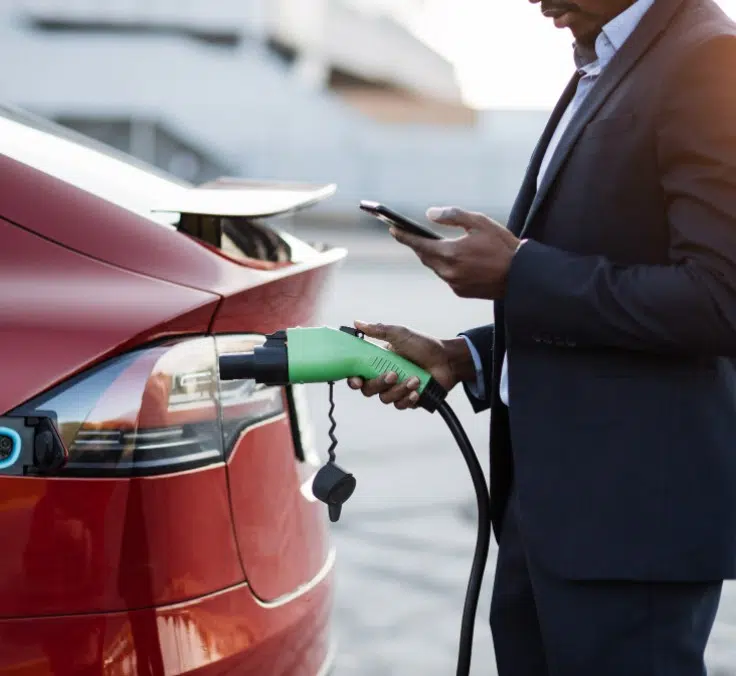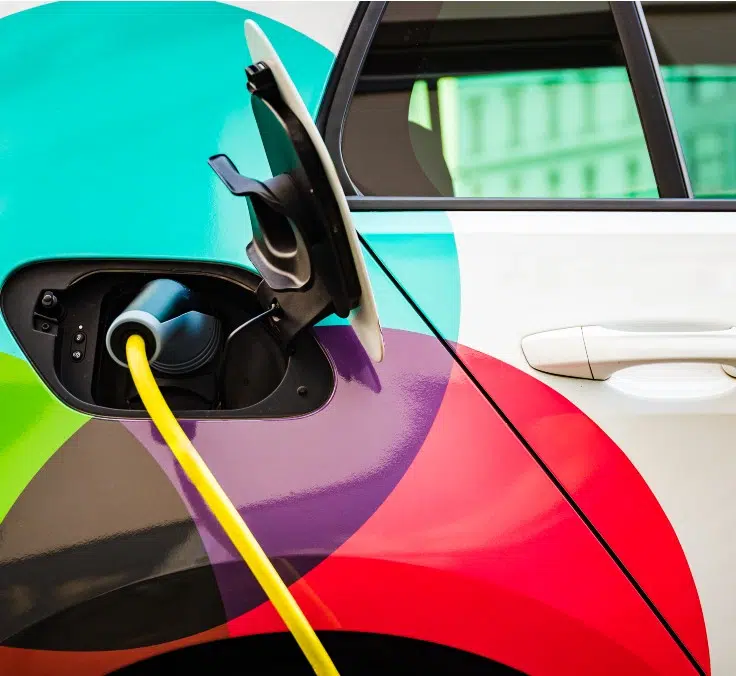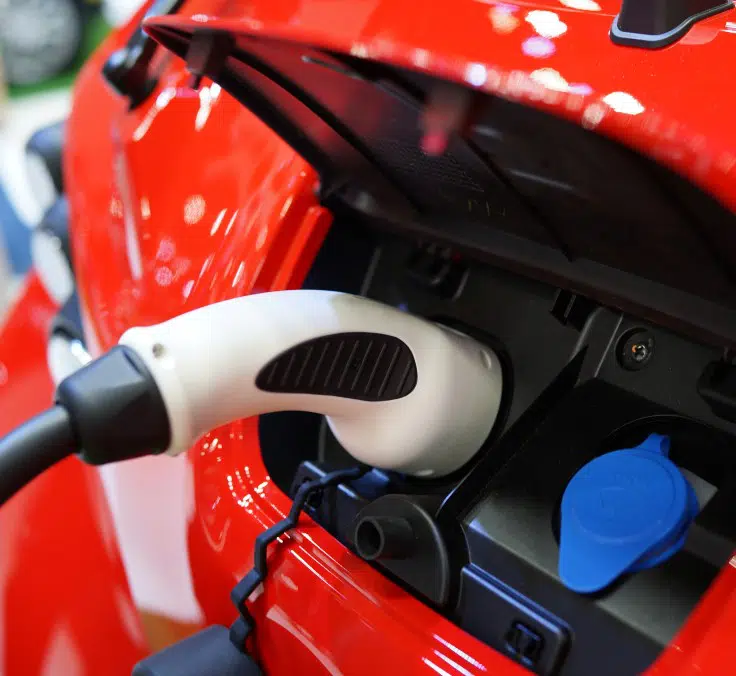INSURANCE| 11.28.2023
Electric cars in winter: Increasing range in the cold
Every electric car driver has probably already experienced the fact that the range decreases in frosty conditions. According to studies, the range can be reduced by more than 30%, but this varies greatly depending on the model. The charging time for the battery can also increase in winter. Verti Versicherung AG provides tips on how to increase the range of electric cars in the cold season.
Freezing temperatures have a direct impact on the battery and therefore on the range of electric vehicles. The number one reason for the increased consumption in winter is the battery heating of electric cars: “Unlike in a combustion engine vehicle, where the so-called waste heat from the engine contributes to the heating power, the battery’s electricity must be used to warm up the electric car heater. In addition, lithium-ion batteries, which include the batteries of electric cars, prefer mild temperatures of between 15 and 25 degrees Celsius,” explains vehicle and insurance expert Alexander Held.
In this range, the electrochemistry works best and the battery can develop its full energy capacity. If temperatures drop sharply in winter and the electric car is parked outside, the conductivity within the battery is reduced, causing it to lose capacity and voltage and having to use more energy to deliver its usual performance. Most manufacturers have insulated the batteries of electric cars so that they at least do not cool down completely.
Parking in the garage protects the battery
“To further protect the battery of your electric car in cold weather, you should switch on the heating shortly before starting your journey. As long as the car is still connected to the charging cable, the power is not drawn from the battery but directly from the socket,” explains Alexander Held. Most electric cars can now be conveniently preheated using an app. This not only has the advantage that the vehicle battery is fully charged when the journey begins – the heater also warms the battery so that it does not lose capacity. “If you have the option of parking your electric car in the garage, you can also shorten charging times and put less strain on the battery,” adds Alexander Held.
Another way to save energy in winter is to install a heat pump in the electric car – many new models are equipped with one, but they can also be retrofitted. “The waste heat cannot be compared with that of a combustion engine – but in combination with the battery heater for the car, it also ensures pleasant temperatures and also reduces electricity consumption.”
Reduce consumption while driving
But even without a heat pump and garage, there are some ways to reduce energy consumption. For example, many electric cars now have a so-called eco mode, which focuses on maximum efficiency in terms of energy management. In this mode, the motor transfers less power to the wheels. This not only has a positive effect on range, but also on safety.
In addition, just as with combustion engines, anticipatory driving saves energy: this includes keeping enough distance from vehicles ahead to avoid abrupt braking. Gentle acceleration also helps to save energy and protect the battery. Furthermore, no unnecessary weight should be transported in the trunk or on the roof and attention should be paid to the tire pressure. “Manufacturers often only specify the minimum pressure. An increase of 0.2 bar is hardly noticeable in terms of driving comfort, but reduces fuel consumption without compromising safety,” explains Alexander Held and adds: “Of course, efforts to save money must never be at the expense of safety.”
No fear of traffic jams
For many e-car drivers, the idea of getting stuck in a traffic jam in sub-zero temperatures is still a nightmare: However, tests have shown that e-cars can last for several hours in traffic jams even in icy cold conditions without the occupants having to freeze. “Of course, the duration and energy consumption depends on various factors, such as the battery capacity and the state of charge of the battery,” says Alexander Held. It can also help to switch off the front and rear window heating and windscreen wipers and switch from the classic heating to the seat and steering wheel heating, as these heat much more effectively. However, this is not usually necessary: “Ultimately, it’s like a combustion engine, which also consumes more in winter: You should simply get into the habit of not driving around with an almost empty battery or tank in sub-zero temperatures so that you have enough buffer for unexpected situations.”
No different to a combustion engine: if the car does break down, the breakdown service or the manufacturer’s mobility service will provide assistance. It’s easy to take out a suitable breakdown cover, and you can often add it directly to your car insurance. Electric vehicles insured with Verti that have an e-car tariff with a cover letter are towed free of charge if the batteries are flat and taken to the nearest garage or, if desired, to the nearest charging point.
RELATED ARTICLES:




